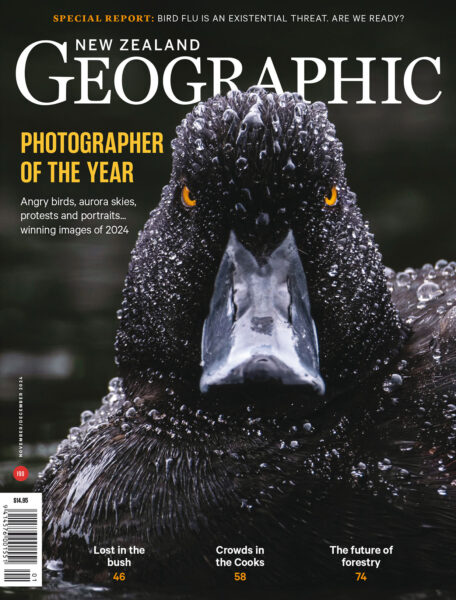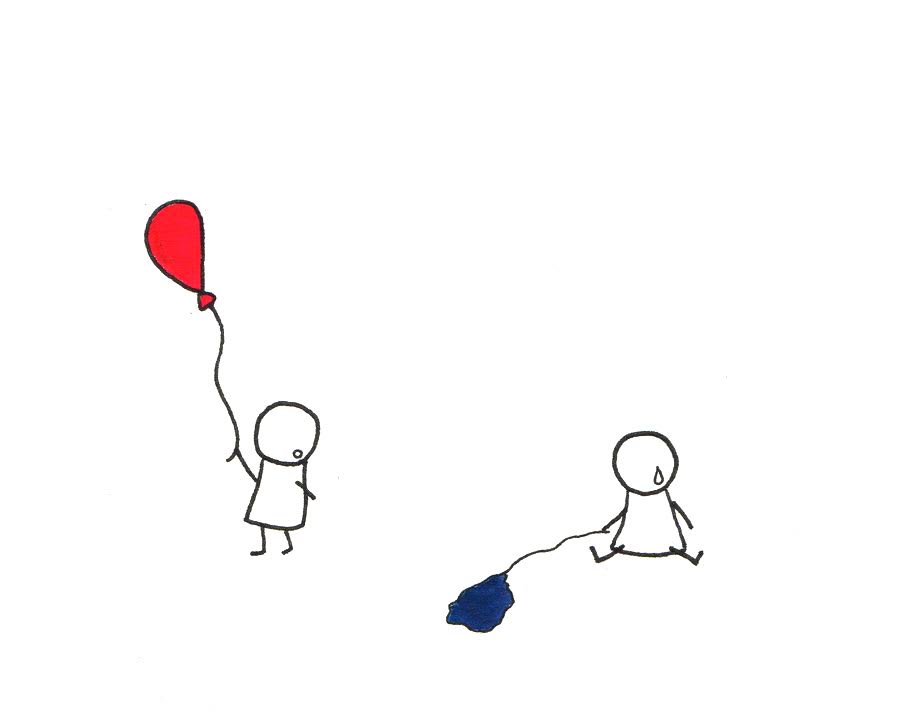Cards on the table

The glowering duck on the cover only just made it. As we put this issue together, we were leaning toward a foreboding shot of the Bounties: black cliffs, albatrosses wheeling in a sepia sky. The cover story in that case would have been about the new variant of avian flu, which is worse than you think and headed our way.
That cover would have died on the newsstand, of course. Nobody wants to read about COVID-19, and nobody wants to read about bird flu. (Or, they do, but only in a “bird flu is a government conspiracy to keep us all under control,” kind of way.) Many readers are exhausted by coverage of climate change, too, or biodiversity loss. So what do you do, when your magazine specialises in telling those stories with richness and context—and at a moment when not telling them is unconscionable?
Well, sometimes you lead with the duck. This one’s making great eye contact, he’s in an appealing strop, he’s beautifully shot by one of our Photographer of the Year winners, Simon Runting. He’s a wee bit dark, which doesn’t typically bode well sales-wise, but if you’re reading this, I trust he’s charmed you anyway. As James Frankham, New Zealand Geographic’s former editor and now publisher, points out, this is another way to get important stories in front of audiences: get ‘em in the door with a grumpy duck and then clobber ‘em with the bird flu (see Bill Morris’s feature on page 34—and do brace yourself; the first draft had me in tears).
Every issue, we have this sort of back-and-forth over the cover. It’s a sales tool, a beautiful glossy flag we wave every two months. It’s also a privilege.
Years ago, I worked at a newspaper where we figured out putting the word “mother” on the front page reliably bumped sales. We went for it, of course. It made for some wild choices: weird headlines; insignificant stories getting the plum spot. Similar strategies are now in play every day in our biggest media companies, but the stakes are dizzying: it’s not “edge out the competition”, but simply “exist”. Tactics have escalated accordingly, most obviously online, where you can post hundreds of headlines a day. Every one a little flag, waving for dear life.
I’ve started deliberately tuning it out. So this month I was unsurprised to see a Te Herenga Waka/Victoria University of Wellington study that found 60 per cent of New Zealanders now avoid the news, at least some of the time. That figure was higher than any other country in similar surveys. “Perhaps most significantly,” said lead author Alex Beattie, “there is immense commercial pressure on our news industry to retain its audiences.
New Zealand media’s use of clickbait and alarming headlines to engage their audiences may ironically be driving them away in the competitive attention economy.”
At New Zealand Geographic we take a different approach, one that aligns with our values and, we think, those of our readers (see James’s letter, over the page). Yeah, sometimes we’ll put a cute bird on the cover—Issue 179, featuring two fluffy ducklings my kids dubbed Schnuckler and Schnuckler, was a top seller—but we will never trick you. When we do go hard with a headline it’s because we know it to be true and consequential. We make sure that our journalism—our writing and photography, the meat of the mag—holds up, issue after issue. Most of all, we hope that it makes a difference.









